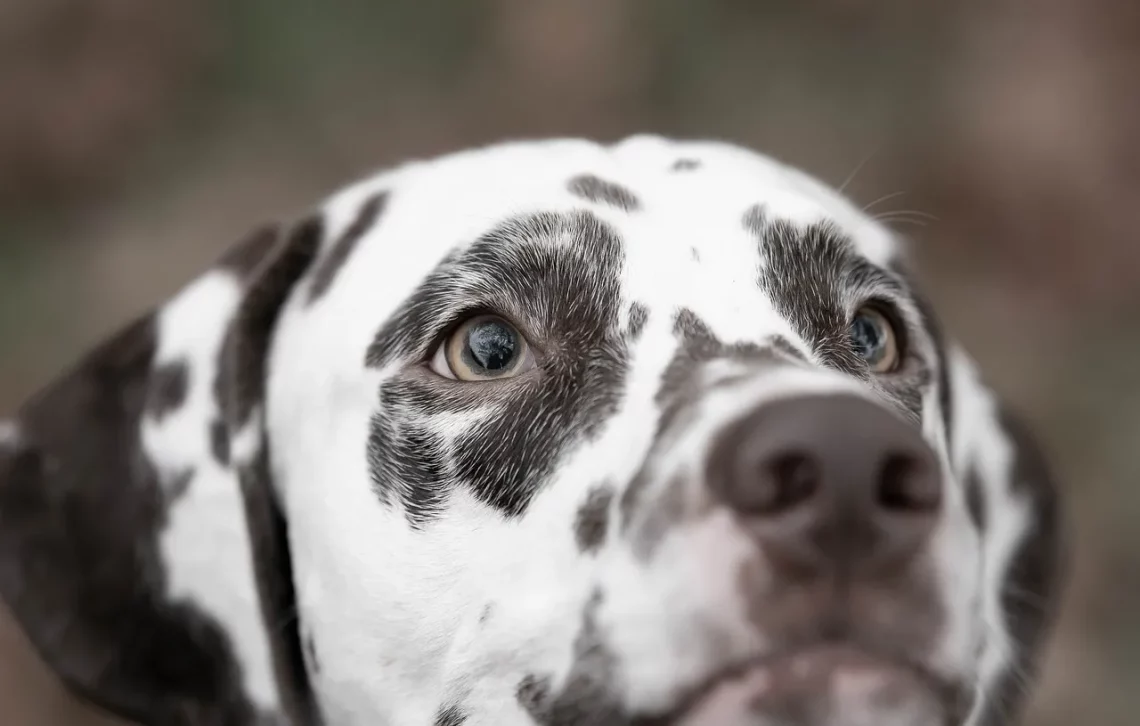
Understanding Why Your Dog Is Chewing Its Tail and How to Help
Understanding a dog’s behavior can sometimes feel like a puzzle, especially when it comes to their seemingly odd habits. One such behavior that can perplex dog owners is tail chewing. While it may appear to be a harmless quirk, tail chewing can be a sign of various underlying issues that need attention. Dogs, much like humans, express themselves through their actions, and tail chewing might indicate boredom, anxiety, or even a medical condition.
The canine tail serves several purposes, including communication and balance, but when a dog starts to chew on its tail, it can raise concerns about their well-being. This behavior can be both distressing for the pet and alarming for the owner. Understanding the reasons behind this behavior is crucial for ensuring a dog’s physical and mental health. By observing the context in which the chewing occurs, dog owners can gain insight into their furry friend’s emotional state and needs.
In this exploration, we will delve into the motivations behind tail chewing, the potential consequences of this behavior, and ways to help your dog overcome this habit. Recognizing the signs of distress or discomfort can empower owners to take the necessary steps to enhance their dog’s quality of life.
Common Reasons for Tail Chewing
Dogs may chew their tails for a variety of reasons, each linked to their physical or emotional state. One of the most prevalent causes of tail chewing is boredom. Inactive dogs, especially those left alone for extended periods, can develop bad habits as a way to pass the time. This chewing can become a self-soothing mechanism, providing a temporary distraction from their surroundings.
Another significant factor is anxiety or stress. Dogs can experience anxiety due to various circumstances, such as changes in their environment, loud noises, or separation from their owners. Chewing on their tail can serve as a coping mechanism for alleviating this stress. In some cases, dogs may also chew their tails due to frustration or jealousy, especially in multi-pet households where competition for attention can lead to emotional distress.
Medical issues can also play a critical role in tail chewing. Conditions such as allergies, skin infections, parasites, or injuries can cause discomfort that leads dogs to chew their tails. In these instances, the behavior is not merely a habit but a response to underlying pain or irritation. It’s essential for pet owners to monitor their dogs for additional symptoms, such as redness, swelling, or changes in behavior, which might indicate a medical problem that requires veterinary attention.
Understanding these common reasons is vital for addressing the issue effectively. By identifying the root cause of the chewing, owners can take appropriate measures to help their pets.
How to Identify the Underlying Issues
Identifying the underlying issues that lead to tail chewing can be challenging but is crucial for effective intervention. The first step is to observe the frequency and context of the behavior. Take note of when your dog chews its tail. Is it during moments of boredom, or does it happen after stressful events, like thunderstorms or visits to the vet? Keeping a journal can help track these occurrences and provide insights into any patterns.
Another important aspect to consider is the condition of the tail itself. Check for any signs of injury, redness, swelling, or other abnormalities that could indicate a medical problem. If you notice any of these symptoms, it’s vital to consult a veterinarian as soon as possible. They can assess whether an underlying health issue is contributing to the chewing and recommend appropriate treatment.
It’s also essential to evaluate your dog’s overall behavior and environment. Is your dog getting enough physical and mental stimulation? Regular exercise, interactive toys, and engaging activities can significantly reduce boredom and anxiety. Additionally, consider whether there have been any recent changes in your household, such as moving to a new home, the arrival of a new pet, or changes in your schedule that might affect your dog’s sense of security.
Behavioral changes can also indicate other underlying issues. If your dog exhibits increased aggression, withdrawal, or other unusual behaviors alongside tail chewing, these may be signs of deeper emotional distress. In such cases, consulting with a professional dog trainer or a veterinarian specializing in animal behavior can provide valuable guidance.
By carefully observing your dog and considering these various factors, you can better understand the motivations behind tail chewing and take appropriate steps to address the behavior.
Effective Strategies to Curb Tail Chewing
Once you’ve identified the underlying reasons for your dog’s tail chewing, you can implement effective strategies to curb this behavior. The first step is to ensure your dog receives adequate physical exercise. Regular walks, playtime, and engaging activities can reduce boredom and help alleviate anxiety. Aim for at least 30 minutes of physical activity each day, adjusted according to your dog’s age, breed, and energy levels.
Mental stimulation is just as crucial as physical exercise. Interactive toys, puzzle feeders, and training sessions can keep your dog’s mind engaged and prevent them from resorting to tail chewing as a means of entertainment. Consider incorporating obedience training or agility exercises into your routine, as these activities can foster a stronger bond between you and your dog while providing mental challenges.
If anxiety is a factor, creating a calming environment can help. Designate a safe space for your dog where they can retreat during stressful situations. This could be a cozy bed or crate in a quiet area of your home. You can also use calming aids, such as pheromone diffusers or anxiety wraps, to help soothe your dog during particularly stressful times.
In cases where tail chewing is linked to a medical issue, addressing the health problem is essential. Consult your veterinarian for advice and treatment options. Whether it involves medication, dietary changes, or topical treatments, following your vet’s recommendations can resolve the underlying issue and reduce tail chewing.
Finally, be patient and consistent in your approach. Changing a dog’s behavior takes time, and it’s important to reinforce positive behaviors with praise and rewards. If your dog’s tail chewing persists despite your best efforts, consider seeking guidance from a professional trainer or animal behaviorist who can provide personalized strategies.
When to Seek Professional Help
While many cases of tail chewing can be addressed with at-home strategies, there are times when seeking professional help is necessary. If your dog’s tail chewing becomes excessive or is accompanied by other concerning behaviors, such as aggression, withdrawal, or extreme anxiety, it’s wise to consult a veterinarian or a professional dog trainer.
Veterinarians can perform a thorough examination to rule out any underlying medical conditions that may be causing the behavior. If a health issue is identified, they can recommend appropriate treatment. Even if no medical problems are found, a vet can provide valuable insights into your dog’s behavior and suggest further steps to take.
On the other hand, if the issue seems to be behavioral rather than medical, a professional dog trainer or animal behaviorist can be instrumental in addressing the problem. These experts can help identify triggers for the chewing behavior and develop a customized training plan to modify it. They might also suggest techniques for reducing anxiety or boredom, depending on the root cause of the problem.
Additionally, if you have tried various strategies without success, it may be time to reach out for professional guidance. A fresh perspective can often uncover new insights and solutions that you might not have considered.
In conclusion, understanding why your dog is chewing its tail requires careful observation and a willingness to address the underlying issues. By being proactive and seeking the right support when needed, you can help your furry friend lead a happier, healthier life.
*Disclaimer: This article is for informational purposes only and is not a substitute for professional veterinary advice. Always consult your veterinarian for health-related concerns.*




